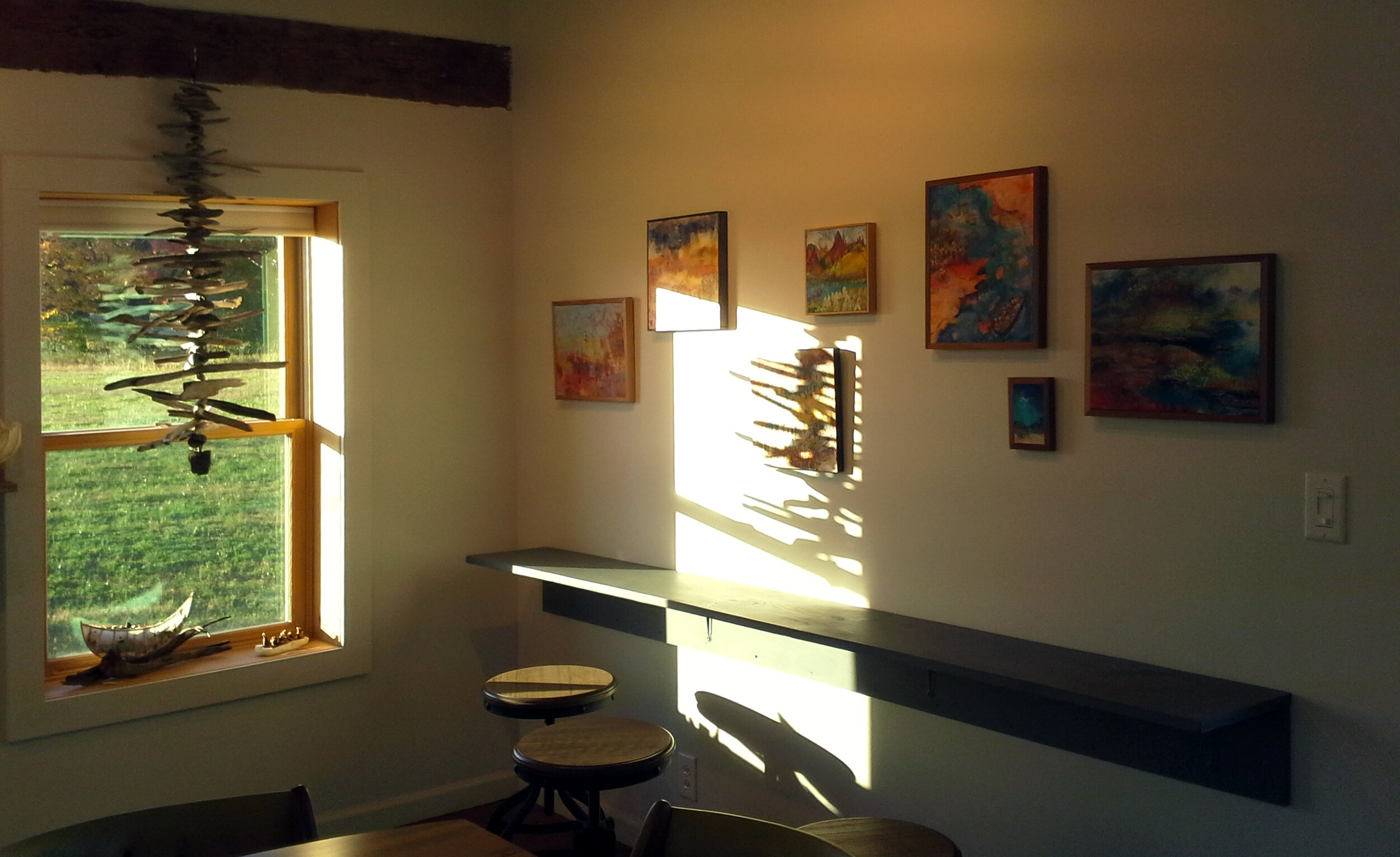Migrations
Earth not so much migrates around the sun as she rotates in a given trajectory, and with this transit through the skies, we gain a broader view of our universe.
I believe the notion of migration is deeply embedded in us. In looking to Geology, we find the massive shifting of continental plates millions of years ago forming Earth as we know her today. So I ask: Is this not a shape-shifting migration of Earth’s crust?
History tells us of many migrations, across time and place, starting with the exodus from the Great African Rift Valley through numerous and subsequent migrations—both human and animal—forming the populations we are and the others we depend on.
Migrations occur at differing scales and for varying reasons. For example, we are comfortable with the migrating birds through our landscape; the Sami and the Nenet depend on caribou migrations for their livelihood; and the fishing industry follows the movement of species in the oceans, but when it comes to the movement of people through our territory we get defensive and, even go so far as constructing physical and legal walls—castle walls, the Berlin Wall, the Great Wall of China, US immigration policies, and more.
Human history is fraught with population growth and movement, expansion and contraction of resources, political exoduses, and economic migrations. We know these causes and impacts—the socio-political ravages and violence of war such as caused the recent exodus of Syrian refugees or the Ruhingas pushed out of Myanmar and into Bangladesh; the environmental catastrophes of volcanic activity, drought, forest fires, flooding, tsunamis, and hurricanes which caused the displacement of hundreds of poor from their shorelands due to the 2004 Indian Ocean tsunami or the ongoing drought and flooding in south Sudan affecting millions; and of course, the global economic forces of the neo-liberal policies such as the US promulgated “shock doctrine” in South and Central America whose outcome is now being felt on the USA/Mexico border.
We can study these things, calculate and measure them, but to feel the turmoil, fear, anger, pain, suffering, and see the deaths that ensue in each case is heart-breaking. This is where Sarah Ashe’s work brings us. Her paintings and sculptures move us from the UN reports and news accounts to the visual and tactile.
The paintings are visceral with colour and emotion while portraying a multitude in motion across a landscape or sea. The sculptures are small and seemingly fragile like a little bundle of life in a boat at the edge of collapse. And her experience of living in New Orleans when Hurricane Katrina happened is not lost. Together they harness the light in the Gallery to transform our imagination and awaken our awareness of being alive.



















